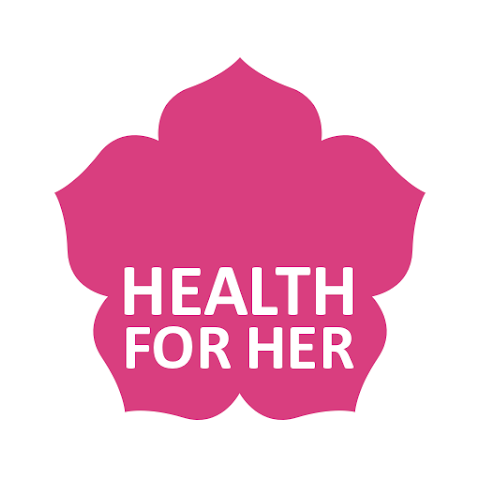For a new mother, it is quite a beautiful and challenging feeling to realize that she is solely responsible for nourishing the infant that she is just getting to know. After the rather overwhelming childbirth experience, breastfeeding is the next hurdle that she must learn to master. All that you need to know about successful breastfeeding comes down to effective positioning and latching. This part is key to helping the baby suck effectively and to ensure that breast milk transfer is smooth enough to assist with optimal growth of the infant. Perfect position and latch are also necessary to stimulate, build, and maintain a mother’s breast milk production.
Every mother and every baby are unique and so is the breastfeeding experience. What works for one woman may not necessarily be ideal for another woman. There are a number of position and breastfeeding techniques the mother can choose from. Whichever position is comfortable for the mother and infant and allows for effective breast milk transfer can be called an acceptable position. A deep and effective latch can happen only when the positioning is comfortable and the baby is perfectly aligned with the breast.
Understanding a little about the mechanism of breastfeeding can help to know why position and latch is important to the journey of breastfeeding. In a breastfeeding baby the cheeks are relaxed, the mouth is wide open. A muscular wave starts at the tip of the baby’s tongue and moves backward. This rhythmical rolling action of the tongue and jaw massages the breast, squeezing the milk that lies in tiny pools beneath the areola into the nipple.
A good latch is when the baby takes in more than the nipple into its mouth. When this happens only less of the areola will be visible below the lower lip than above the baby’s top lip. Sucking just the nipple is quite traumatizing for the mother and will end up making the nipple sore and the baby being left hungry.
Pain should be the top determinant of something not going right with the feeding. When the latch is good the baby’s chest and stomach will rest against the mother’s body, so that baby’s head is straight, not turned to the side, the baby’s chin will touch the breast, the baby’s lips turn out, its tongue will cup under the breast, swallowing of milk can be seen or heard and the baby’s ears will move slightly.
From the cross-cradle hold to the football hold, there are quite a few breastfeeding positions to choose from. In the early weeks try to figure out the best position that works for you and your baby. Baby-led latching is an intuitive approach for an infant to find the breast and latch. Choosing the right position is dependent on a number of factors like baby’s size, gestational age and abilities, maternal body shape, breast size and shape, recent procedures, and mother’s preference. While positioning, just ensure that the baby does not have to struggle to nurse like flexing its neck too much or so.
For support with your breastfeeding and to understand the right techniques of position and latch, do get in touch with our Certified Lactation Expert. Download Divakars Hospital App through Google Play Store or IOS and call, chat or do video consultation with Dr Payle Biswas Soo, Lactation and Childbirth Consultant



